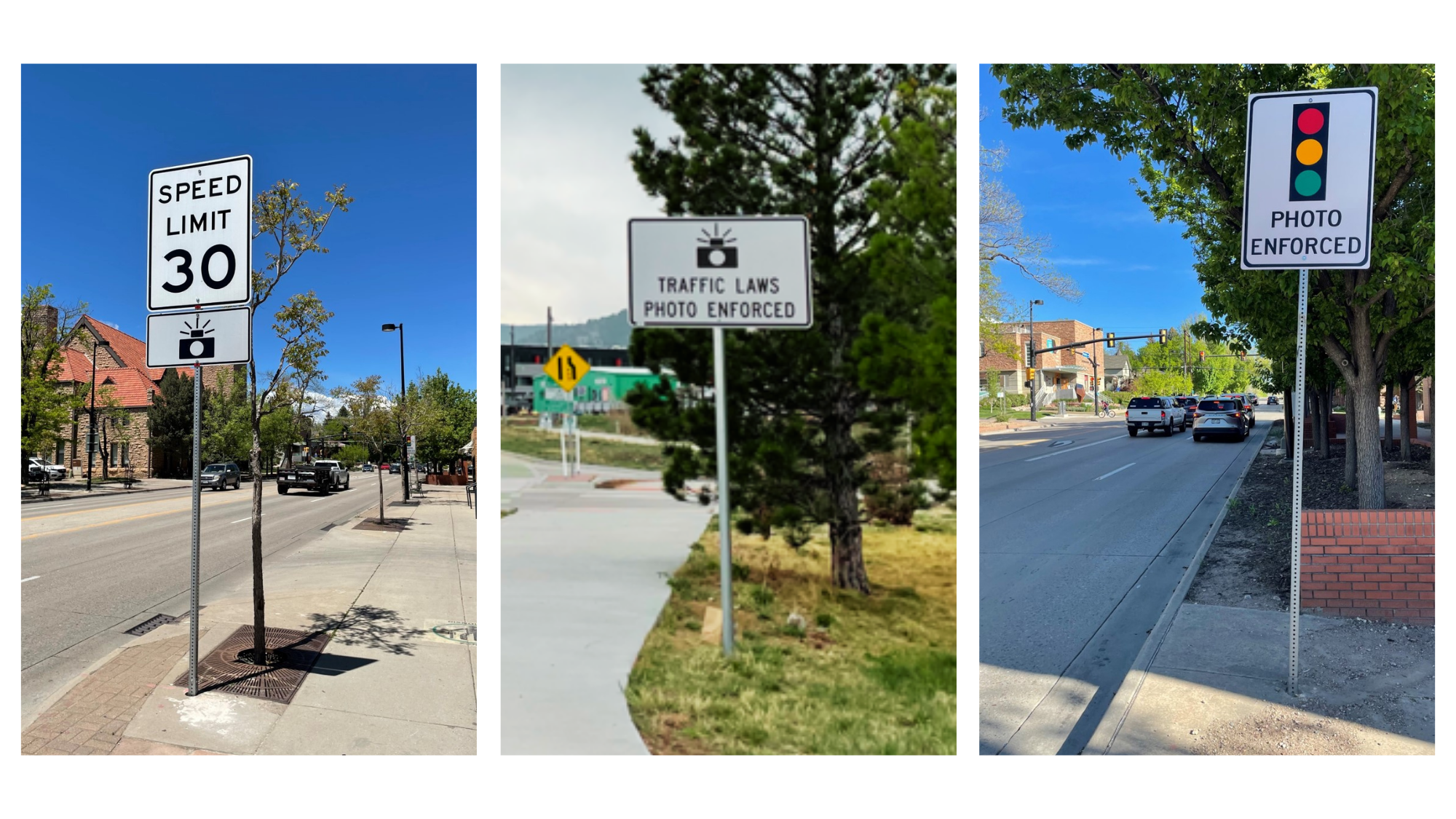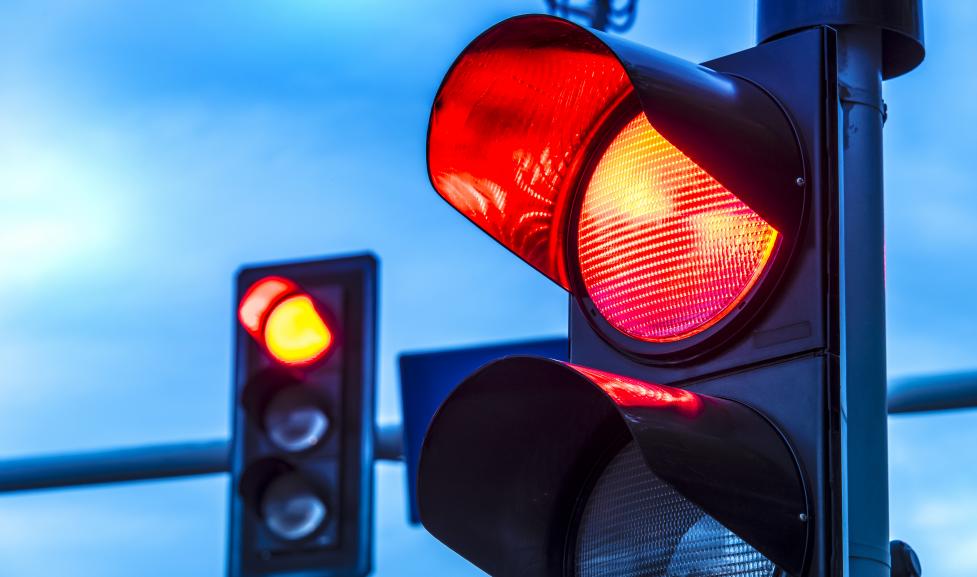The city uses automated photo enforcement devices, including photo radar vans, red-light cameras, and speed-on-green cameras to improve traffic safety, prevent crashes and save lives. If any device takes a photo, a notice is mailed to the registered owner of the vehicle.
*This map does not include all neighborhood streets where automated speed enforcement is enforceable. It shows Automated Vehicle Identification System (AVIS) corridors as defined by state law and a local resolution.
All systems are in plain view and marked by advance signage.

